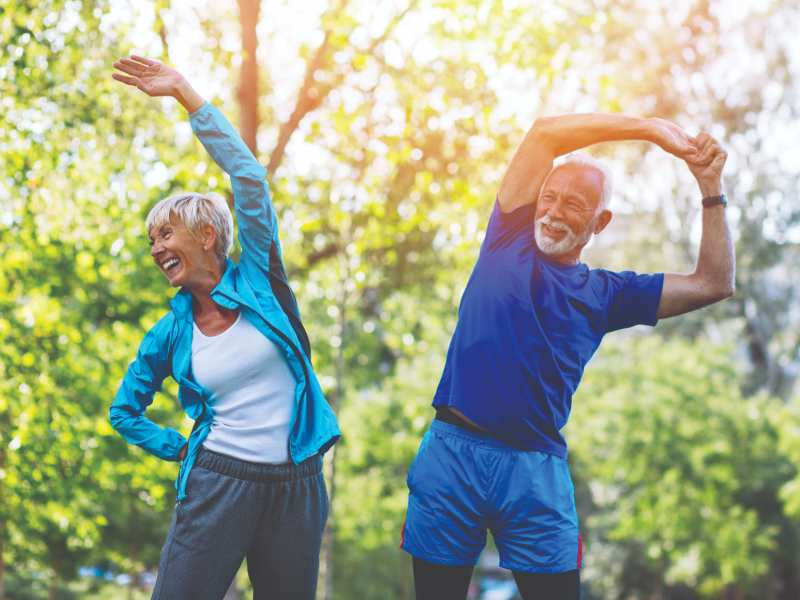How Exercise Can Help Senior Citizens Both Physically and Mentally
by DAPHNE RENELUS
There are numerous activities a person can do to improve their physical health. Exercising, especially when older, can improve a person’s physical health by keeping the heart healthy, causing the removal of toxins from the body through sweating, and increasing a person’s strength and mobility. As an individual ages, the life benefits one gains by exercising consistently and staying active can lead to a longer, healthier life.
In fact, according to an employee of independent elderly living non-profit organization, Volunteers in Service to the Elderly (VISTE), when dealing with elderly people in need of assistance, “it is easy to tell those who have made physical health and exercise a priority and those who have not in their physical state of being and outlook on life.” Even United Methodist Homes claims on its website that simply having an elderly person move his or her body by doing day to day activities or taking a walk can help prevent him or her from developing, “atrophied muscles, difficulty breathing and walking, unsteady balance, poor blood flow, and other common physical problems.”
VISTE concurs with United Methodist Homes when it comes to the benefits of having the elderly stay active, that VISTE employees and volunteers work so hard to provide services to the elderly that will allow them to still move around, run errands, be active, and be independent. Some of these services include delivering hot meals to the homes of the elderly and providing transportation to and from doctors’ appointments, grocery stores, and other places that the elderly need to get out and go to. Although VISTE does not provide exercise classes as one of its elderly services, having simple services that keep the elderly going out and moving throughout the day prevents the elderly from living an immobile life on the couch. Continuing to live an active lifestyle is highly important for elderly people that want their bodies to continue to work as efficiently as possible since studies have shown that exercising can improve the body’s ability to heal itself by as much as 25%. It is studies such as this that prove that when it comes to physical health, a body in motion stays in motion, and a body in rest stays in rest.
Not only can exercise improve a person’s physical health, but it can also improve someone’s mental health and cognitive functioning. This is because when you are exercising, your brain receives more blood flow, which also increases cell growth. Exercise can also help those suffering from mental health issues by causing the brain to release mood-boosting endorphins. Some of these mood-boosting endorphins are amplified when exercising coincides with social activities. Luckily, according to umh.org, the website to United Methodist Homes, exercise is often a social event for many senior citizens. For example, many elderly people today enjoy walking in groups or attending a group-exercise class like aerobics. By simultaneously exercising and socializing, elderly people hold one another accountable for their workouts while also supporting each other.
Now that you understand all the benefits staying active as a senior citizen has, it is time to give you some specific tips for staying active as you age.
#1: Run errands and continue to live as much of an independent lifestyle as possible.
#2: Socialize with others.
#3: Go on daily walks.
#4: Join a group-exercise class.
#5: Stay Positive.
#6: Get outside your house and get some sunlight, perhaps by taking up a hobby such as gardening.
If you make sure all the senior citizens in your life follow these tips and learn more about the physical and emotional benefits of exercise, it could help them a healthier, happier life while preventing health issues down the road. Life as a senior citizen should be all about relaxing and enjoying the fruits of your life’s labor. Hey, it’s called “the golden years” for a reason!
